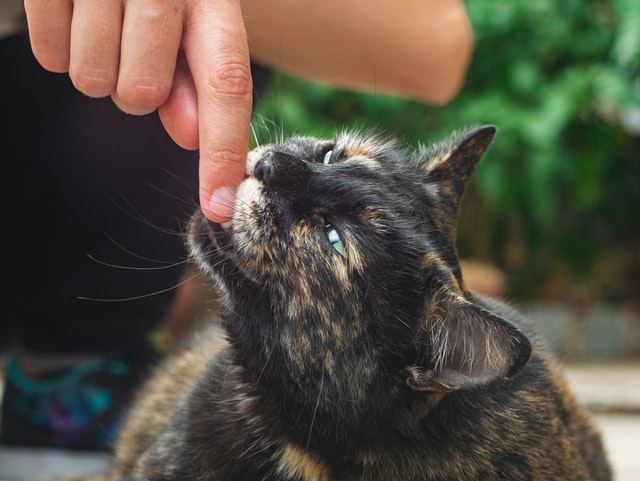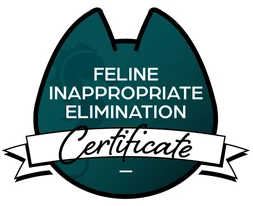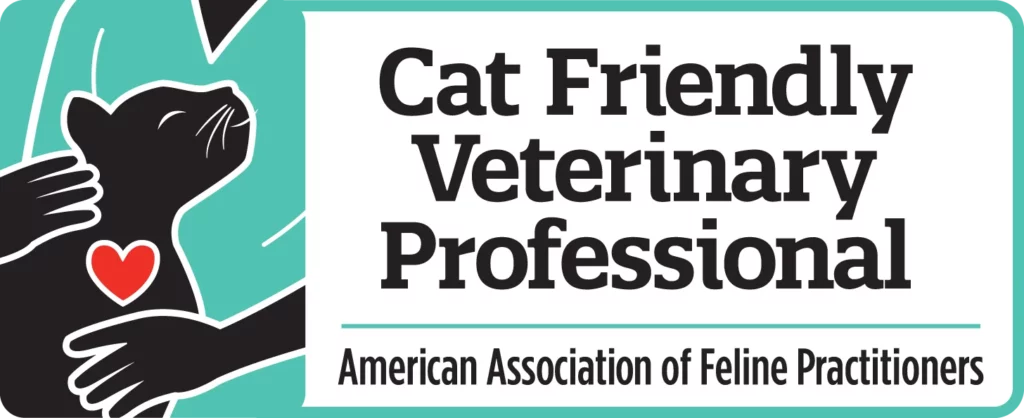Aggression in cats is really scary. I actually became interested in cat behavior originally following my cat acting aggressively toward me so I can personally attest that it’s not a pleasant thing to go through. Plus, cat bites can be really dangerous. It’s totally understandable that people whose cat is struggling with aggression would want to go to extreme lengths to address it.
One potential solution I hear thrown around from time to time is the idea of declawing a cat who is scratching or swatting to stop them from being aggressive. The idea makes sense intuitively because you’re removing one of the ways the cat can injure you. If your cat is scratching at you or another cat, that will make it stop, right?
Not so fast. Before you jump to doing something as extreme as declawing your cat, consider if it will actually solve the problem you’re trying to address and if there may be other unintended consequences.

What causes aggression in cats?
It’s important to understand why cats behave aggressively. Notice how I phrased that: why cats behave aggressively. Most cats are acting aggressively due to the situation or the environment they’re currently in. They’re not inherently aggressive cats.
In some cases, it may be the age of your cat or how they were raised. Play aggression is typically seen in younger cats and kittens who have a really, really strong need to play. They may not have learned how to inhibit their urges to play from litter mates or they may not be getting enough stimulation. These kittens may grow out of it with time, but in the mean time you may want to get some individualized help to address the behavior.
If you notice the behavior occurs when your cat is being petted, the cause may be overstimulation or pain. Getting your cat evaluated by a veterinarian is a great idea.
Fear based aggression
In other cases, the underlying problem may be anxiety. Anxiety comes from many different causes, but one of the more common sources of fear I see is a result of conflict between cats. Cats may be fighting due to lack of resources or they may not recognize each other following a veterinary visit. They may also not like each other due to an introduction gone wrong. Ultimately, the underlying emotion in these situations is a variation of fear.
In many cases, there may be multiple sources of intercat conflict present at once or the cat’s fear may be exacerbated by the situation they’re in. For example, cats are prey species in addition to being fearsome hunter. If cats become trapped somewhere, their fear will be exacerbated which is part of why it’s a horrible idea to introduce your cat or dog in a carrier. If cats feel like they can’t escape or defend themselves from a threat, they will feel like fighting is their only option available.
What declawing does and doesn’t do
In a sizable subset of cases aggression, you can assume that all roads lead back to fear or play for cats. There are some potential medical causes of aggression as well so I absolutely recommend a veterinarian visit to evaluate if there may be a medical cause.
Declawing does one thing and one thing only in these cases: It removes the cat’s weapons. While that may initially seem like a good idea, it’s actually a really, really bad thing.
Remember how cats being trapped can lead to increased fear in a cat? Well, imagine them being trapped and feeling like they can’t defend themselves. By removing the cat’s claws, you take one way they can fend off a potential threat. Now the only way they have left is their teeth and biting is more dangerous than scratching. There is evidence that cats who are declawed are much more likely to bite than those who aren’t declawed. Basically, the cat is forced into escalating the situation and increasing the risk to you, your, family, or other cats.
What declawing doesn’t do? It doesn’t address the underlying problem. If your cat is fighting with another cat, it won’t fix the relationship between the cats. If your cat is scratching you and going after you, it won’t stop the problem. You need to focus on meeting the cat’s needs instead.
A better solution
The solution depends on the situation and why your cat is doing the behavior in the first place. Introducing cats correctly can prevent tension between multiple cats. If things aren’t going well, working to repair your cats’ relationship can help. For swatting or scratching, redirecting toward a toy or changing how you interact with the cat can help. If you’re concerned about your physical safety, applying nail caps while you work on addressing the underlying problem can help prevent scratches. If you need help applying them, your veterinarian or a groomer may be able to help.
In the end, it ultimately benefits you to not declaw your cat. I totally understand why people would turn to this as potential solution, but it isn’t going to help and will put you at increased risk of being bitten by your cat. This isn’t even taking into account the other problems with declawing such as litter box aversions that can arise shortly after or down the line! You’ll like the results much better if you try one of the many methods to address the problem that may actually be effective at addressing the ultimate problem.










